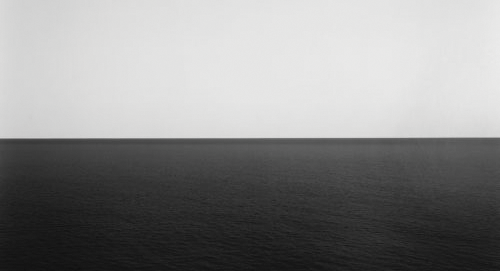
With its recent acquisition of 11 Japanese avant-garde photographic works last month, the Hirshhorn Museum and Sculpture Garden hopes to incorporate “an unprecedented critical history of the postwar Japanese avant-garde” to its collection, according to a Hirshhorn press release.
The Hirshhorn has been expanding its collection by acquiring pieces from the 1960s. The works come from a wide range of Japanese artists from the avant-garde period, including Eikoh Hosoe, Minoru Hirata, Tatsuo Kawaguchi, Miyako Ishiuchi, Kōji Enokura and Takashi Arai.
The acquisition of these photographs is part of an ongoing effort to expand the museum’s collection of Japanese postwar art, and to “champion artists and artistic movements across the globe,” according to the museum’s press release. One of the main goals of the museum is to expand its commitment to “global modernism.”
“We’re committing to showing art practices outside the Europe and the U.S. in order to introduce what was happening in Asia, Latin America and other continents that was at the same time, but different, from the more well-known narratives of 20 and 21st Euro-American art,” Hirshhorn curator Mika Yoshitake wrote in an email to The Hoya.
One of the pieces, acquired in 2015, is Natsuyuki Nakanishi’s “S-Rhyme” painting. Also known for his absurdist street performances, Nakanishi is captured in the newly acquired 1963 Hirata photograph, “Nakanishi Natsuyuki’s Clothespins Assert Churning Action.” Together with Hosoe’s photographs documenting performance, these works provide a window into the art of 1960s Tokyo.
Other new works belong to the Mono-ha “School of Things” movement, which combines industrial and natural materials to grapple with the artists’ uneasiness and discomfort with the modernity of Japan after World War II. The rise of the movement coincided with the signing of the second extension of the U.S.-Japanese Security Treaty in 1970 and the subsequent “Anpo” generation activists, who were concerned with American domination over Japanese identity.
Enokura was a seminal figure in the movement, and his 1970s photographs “Symptom—Sea, Body,” “Symptom—Lump of Lead to the Sky: Mountain in Nagano” and “Symptom—Floor, Hand” helps bring the rich artistic movement Mono-ha to the United States.
A few of the acquisitions are more recent, connecting the postwar influence to the present. Arai’s “July 25, 2011. Radioactive Lilies, Iitate Village, Fukushima” and “May 21, 2012. Annular Eclipse at 7:42am Onahama, Fukushima No. 1” both depict the recent nuclear disaster at Fukushima while maintaining a connection with the past. Arai is one of the last remaining artists to use the traditional daguerreotype photographic process.
The museum possesses a recent history with the Japanese avant-garde.
Yoshitake, who specializes in the postwar Japanese art, joined the Hirshhorn staff in 2011, and wrote to The Hoya in an email that the museum has been “acquiring and incorporating expertise in Japanese avant-garde” for over 10 years now. After previously working as a liaison for The Guggenheim Museums and Foundation and project coordinator for the Museum of Contemporary Art in Los Angeles, Yoshitake has become one of the museum’s main Japanese art consultants.
Earlier this year, her curation expertise led to “Infinity Mirrors,” a highly successful exhibition by Japanese conceptual artist Yayoi Kusama. Kusama first became known in the New York avant-garde scene of the 1960s and has since worked in painting, sculpture and fashion. Her “Infinity Mirrors” retrospective was unprecedentedly popular and the museum drew in 475,000 visitors during the three-month period — representing the highest visitor count in the museum in over 40 years. The exhibit has since moved on to Seattle and will travel to an additional three cities as part of Kusama’s first U.S. exhibition in 20 years. However, one of her famous polka-dotted pumpkins remains on display in the Hirshhorn Sculpture Garden.
The photographs are not yet exhibited but are set to debut in the following months.
“We hope to exhibit the new Japanese photo acquisitions alongside European and American works of the same time period to create a new dialogue that spans nations, concepts and ideas about art making,” Yoshitake wrote.
In the meantime, Hirshhorn’s commitment to globalism remains on display in realms that go beyond Japanese art. Current exhibitions include a collection of Lego portraits, “Trace,” by Chinese artist Ai Weiwei and Russian-born Ilya and Emilia Kabakov’s “The Utopian Projects.”




















